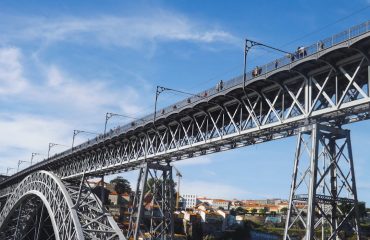body {
font-family: sans-serif;
line-height: 1.6;
}
h1, h2, h3 {
color: #333;
}
The steel industry, a cornerstone of global infrastructure and manufacturing, is constantly evolving. Understanding the latest sector news and steel trends is crucial for businesses, investors, and policymakers alike. This comprehensive overview delves into the key factors shaping the future of steel.
Global Steel Production: A Rollercoaster Ride
Global steel production has experienced significant fluctuations in recent years. Factors such as economic growth in emerging markets, infrastructure projects, and government policies have all played a role. For example, the rapid economic growth in China for many years significantly boosted global steel demand. However, recent economic slowdowns in China and other parts of the world have led to a decrease in production. Furthermore, the ongoing war in Ukraine has disrupted supply chains and impacted raw material prices, further contributing to volatility. Analyzing production data from major steel-producing countries like China, India, Japan, and the United States is crucial to understanding the overall market dynamics. The shift towards more sustainable steel production methods is also impacting production figures, with some producers prioritizing environmentally friendly processes.
Steel Pricing: A Complex Equation
Steel prices are influenced by a multitude of interconnected factors. Raw material costs, primarily iron ore and coking coal, significantly impact the final price. Global demand, economic conditions, and geopolitical events all play their part. For instance, increased energy costs directly affect the cost of steel production, leading to price increases. Changes in government regulations, such as tariffs and trade agreements, can also cause significant price fluctuations. Furthermore, the availability of scrap steel, a crucial component in steel recycling, impacts prices. Analyzing price trends over time and understanding the underlying drivers is essential for effective market forecasting.
Sustainability in Steel: The Green Steel Revolution
The steel industry is under increasing pressure to reduce its carbon footprint. Traditional steelmaking processes are energy-intensive and contribute significantly to greenhouse gas emissions. However, there is a growing movement towards “green steel” production, utilizing technologies like hydrogen-based steelmaking and carbon capture and storage (CCS). These technologies aim to drastically reduce the industry’s environmental impact. Investment in research and development, coupled with government incentives and stricter environmental regulations, is driving this transition. Companies are actively exploring and implementing sustainable practices to meet growing consumer demand for environmentally friendly products. The long-term viability of steel production will heavily depend on the successful adoption of these sustainable methods.
Technological Advancements in Steel Manufacturing
Technological advancements are constantly reshaping the steel industry. Automation and robotics are being deployed to improve efficiency and productivity in steel mills. Advanced analytics and machine learning are used to optimize production processes and predict potential issues. The development of new steel alloys with enhanced properties, such as higher strength and corrosion resistance, is also driving innovation. These advancements not only improve the quality and performance of steel but also contribute to cost reduction and enhanced sustainability. Companies are increasingly investing in research and development to stay ahead of the curve and maintain a competitive edge.
Future Forecasts and Market Outlook for Steel
Predicting the future of the steel industry requires careful consideration of several factors. Global economic growth, infrastructure development plans, and technological progress all play a crucial role. The increasing demand for steel in emerging economies, coupled with the ongoing transition to renewable energy, presents both opportunities and challenges. Analysts are closely monitoring various economic indicators and geopolitical events to forecast future steel demand and price trends. The industry’s ability to adapt to evolving market conditions and embrace sustainable practices will be critical to its long-term success. Understanding these forecasts is vital for businesses to make informed decisions regarding investments, production planning, and risk management.
The steel industry is a dynamic and complex sector. Staying informed about the latest news and trends is essential for anyone involved in or affected by this vital industry.
SEO Tags:
#SteelIndustry #SteelPrices #SteelProduction #GreenSteel #SteelTrends




